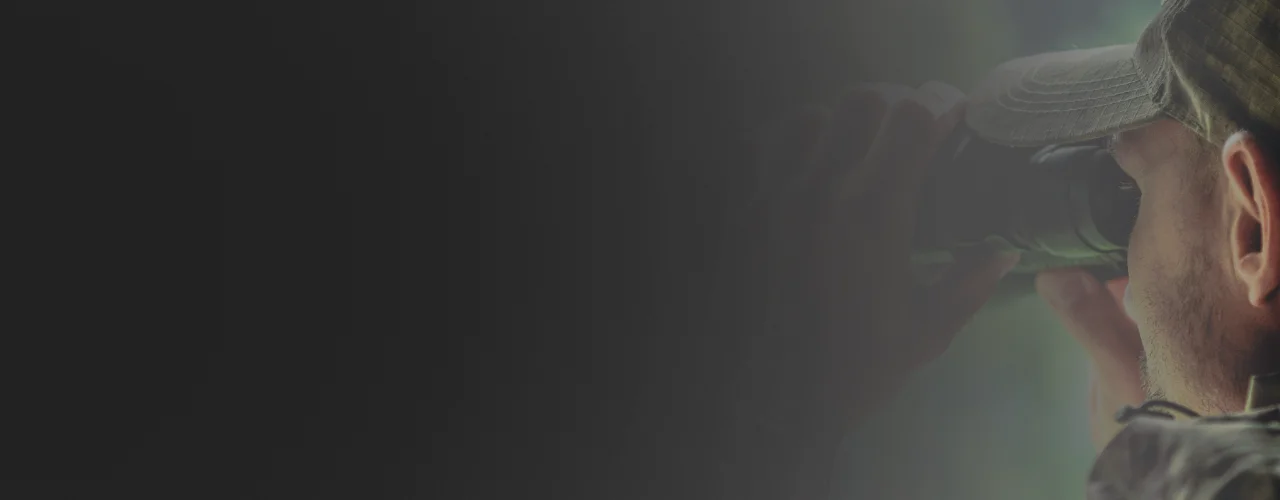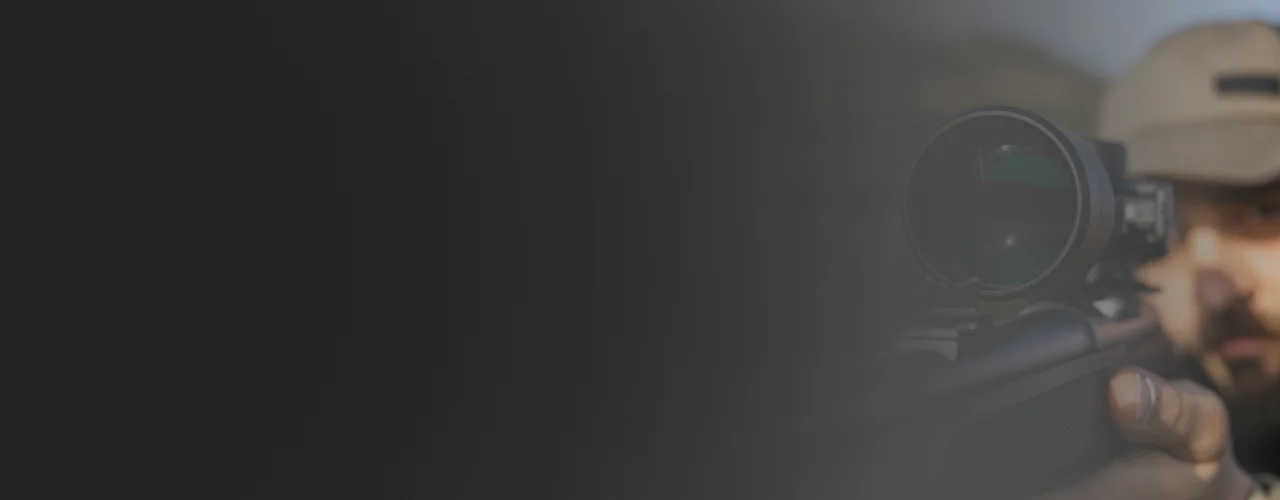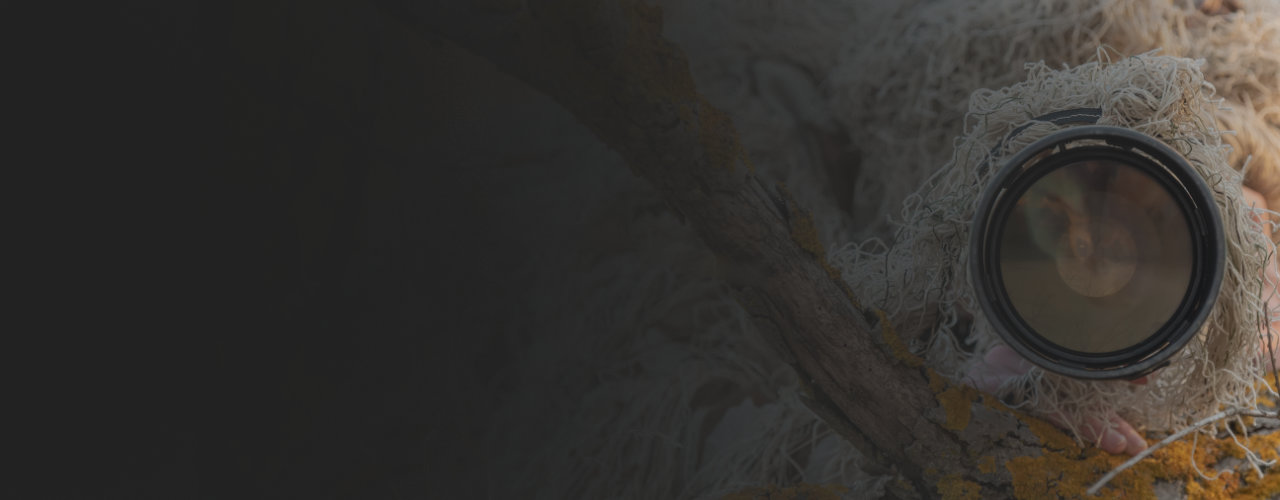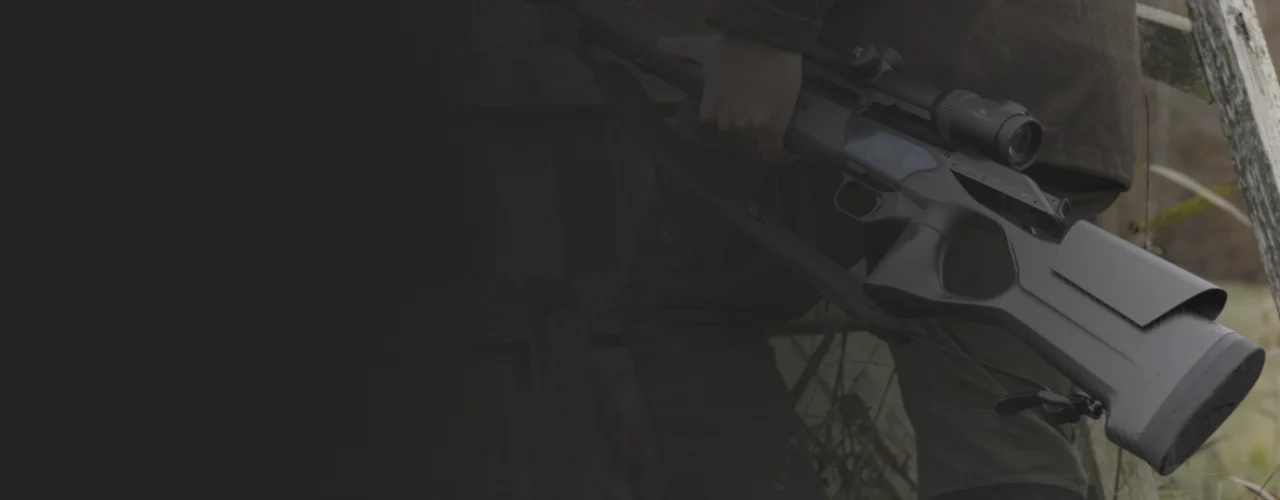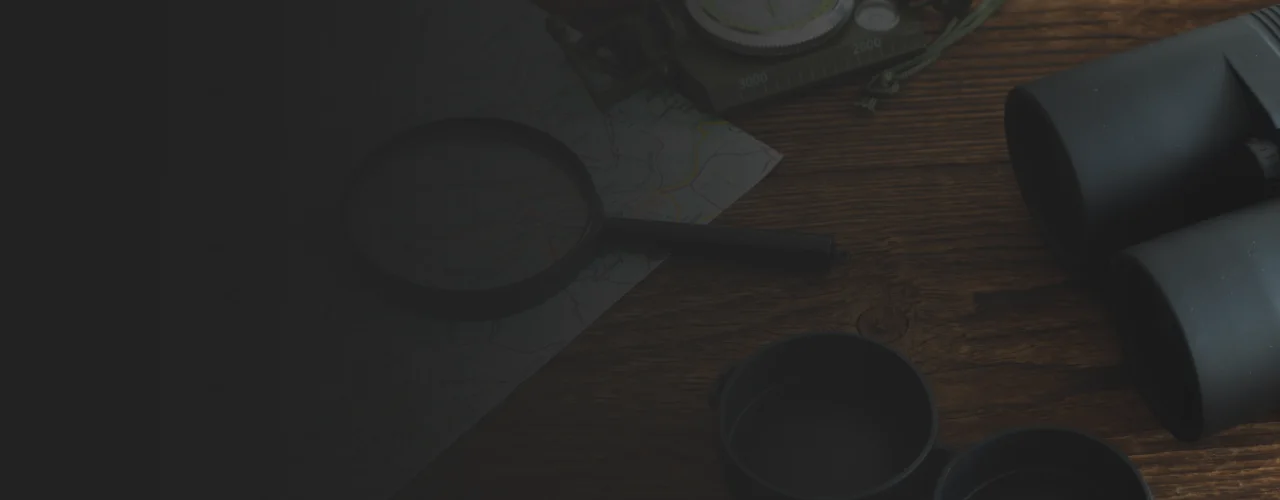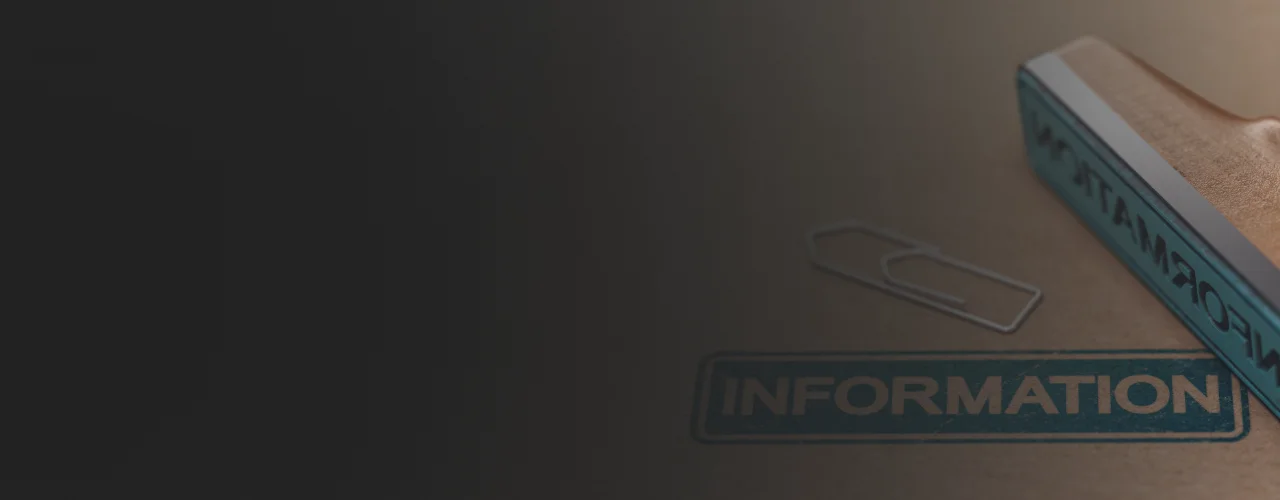When we talk about the objective lens of binoculars, we mean the front lens. The front lens is the foremost lens of the objective.
The larger the lens diameter, the more light can be absorbed by the lens of the optical system. Glass purity plays a major role.
The eyepiece is the lens group of an optical system that faces the eye. The eyepieces consist of several separate lenses - achromats (3-6 individual lenses).
In addition to the coating of optics, the glass quality or type of glass is one of the most important quality factors for binoculars and riflescopes
The magnification of a binocular model is perhaps the most misunderstood feature. High magnification can be useful!
If light hits a glass-air surface (e.g. with a roof prism), the reflection causes a loss of light.
If a shooter does not look "straight" but "diagonally" through the telescopic sight eyepiece, an aiming error occurs - the so-called parallax.
Binoculars with porro prisms are the real universal binoculars, are inexpensive and offer brighter images with higher contrast.
Lenses have the property of imaging objects upside down and laterally inverted - therefore the image must be rotated again.
Difference and comparison between Porro prisms and roof prisms The design of binoculars is always determined by the type of prism used. Porro prism in binoculars Binoculars with a porro prism design can be recognised by their relatively low height and wide design. Advantage: The greater distance between the two lenses promotes spatial vision. A graphic illustration and further details on the design of porro prisms can be found [...]
For technical reasons, image sharpness decreases from the centre of the image to the edge with every lens (due to the shape of the lens).
Thanks to the DDoptics RNP coating on the outer lens surfaces, water does not adhere to the glass.






